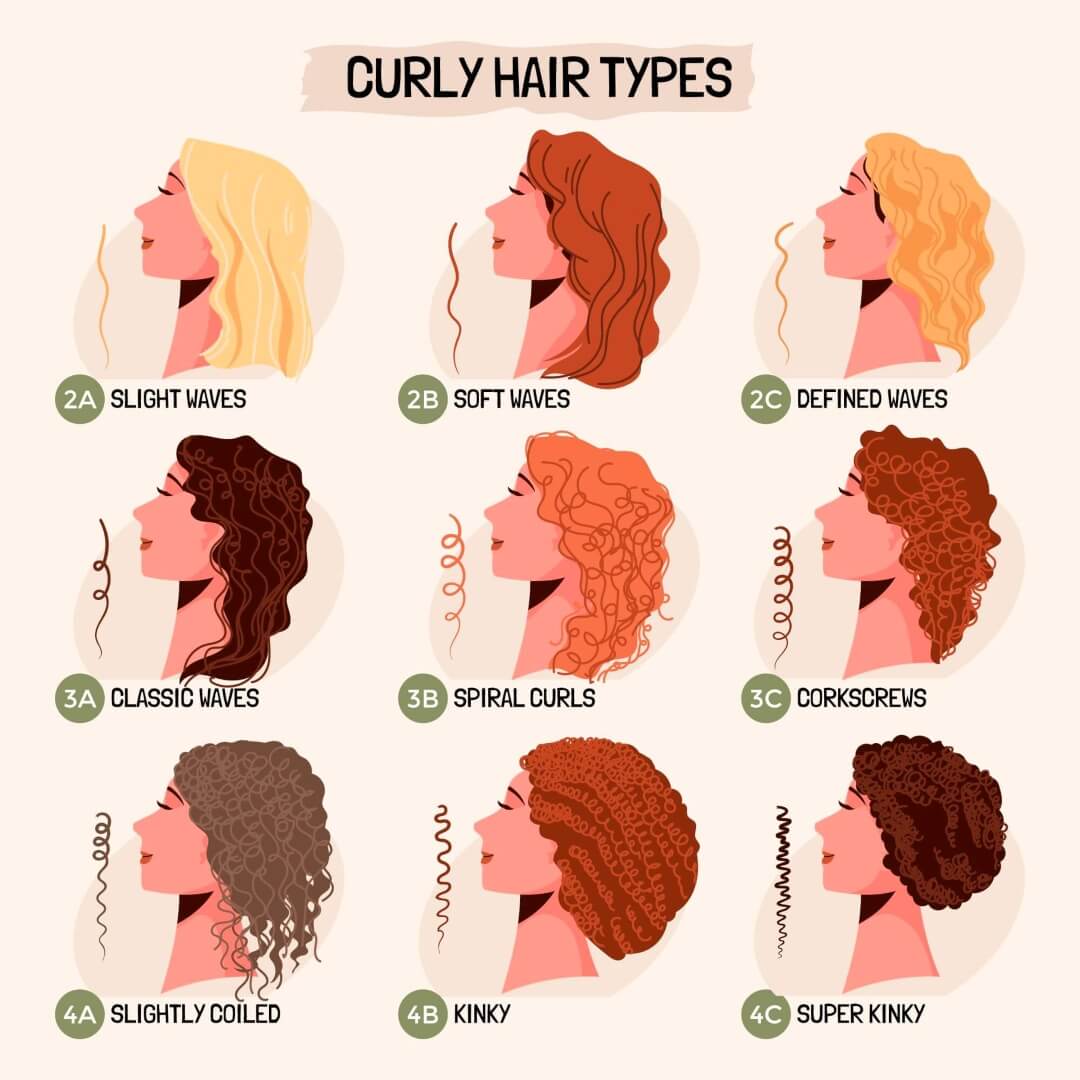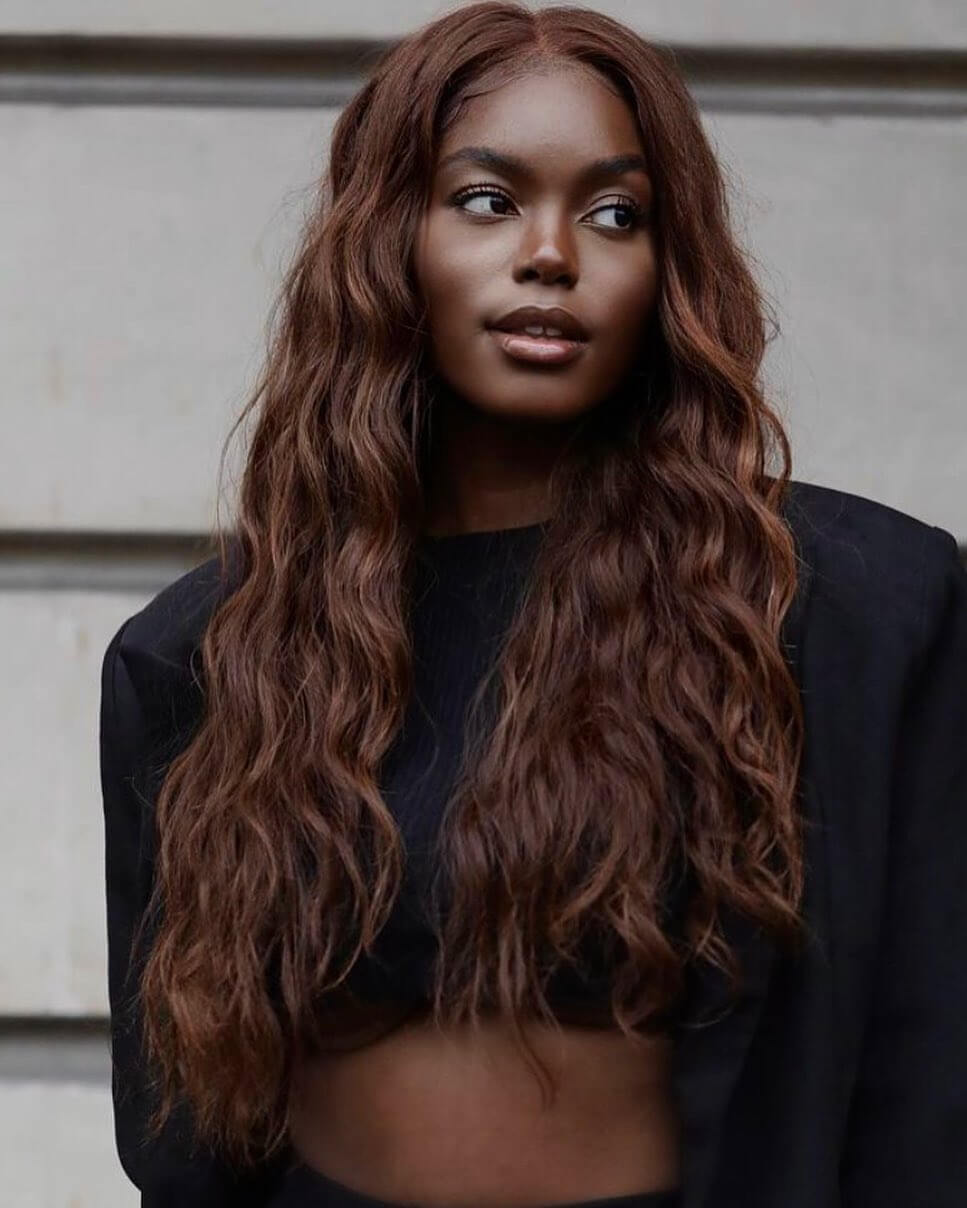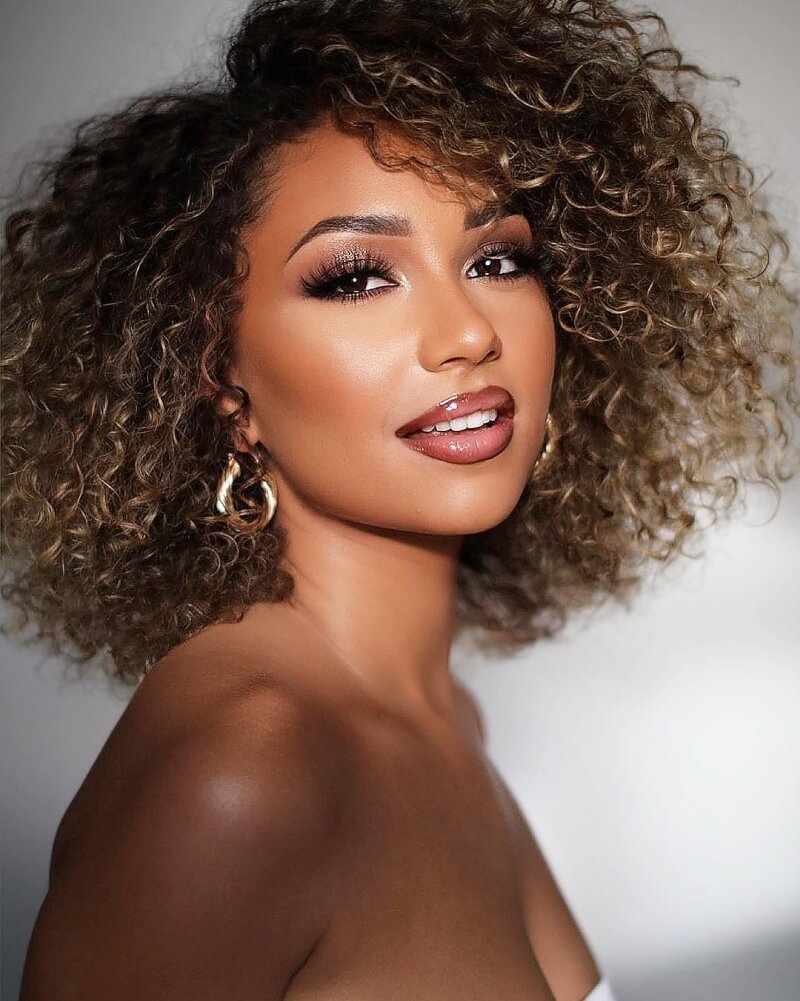Wavy Vs. Curly Hair

Learning about your hair type is the first and most important step in styling and caring for your mane. While many people think waves and curls are the same, some unique characteristics set the two textures apart. If you’re curious about what these characteristics are, all you have to do is keep on reading! In this article, we’ll look at the differences between curly and wavy hair and walk you through everything else you’ll need to know.
What is Wavy Hair?

Wavy hair is halfway between curly and straight hair and shares characteristics of both. It has significantly more volume than straight hair but less definition than curly locks. It can also be coarse, fine, sparse, dense, or anything in between. While wavy hair varies from person to person, true waves have an “S” shaped curl pattern that doesn’t spiral around in a complete circle.
Wavy Hair Types
Like curly hair, wavy hair comes in varying degrees of shape and tightness. It’s a lot of information to keep up with, so we’ll break things down further below.
● 2a - 2a hair has loose, elongated “S” shaped waves. This is the straightest of the wavy hair types, so it tends to lack volume.
● 2b - The waves that make up 2b hair are shorter and have little to no bounciness. Instead, they have more of a beachy look, with loose “S” shaped waves.
● 2c - This hair type has the deepest waves. Although 2c hair looks similar to curls, it has a distinct “S” shape that doesn’t form a complete circle. 2c is the coarsest wavy hair type and is the most likely to suffer from dryness and breakage.
What Is Curly Hair?

When most people think of textured hair, curls are the first thing that comes to mind. Curly hair is a hair type in which each strand loops around and creates a spiral. Curly hair includes a variety of different curl patterns, from kinky coils to giant, bouncy ringlets. Because of the spiral shape, curly hair is drier and more fragile than other hair types. Another thing that makes curly hair unique is that the strands cling to each other and form clusters.
Curly Hair Types
As we mentioned earlier, curly hair is a category of hair that includes several unique curl patterns. Each curl pattern is broken down into groups based on shared characteristics. We’ll walk you through the six major categories of curly hair below.
● 3a - This hair type has a loose coil. Each curl is about the same size as a piece of sidewalk chalk.
● 3b - The curls that make up 3b hair are smaller and fuller than 3a hair. 3b hair primarily has dense, ringlet-shaped curls with the occasional loose spiral or corkscrew.
● 3c - 3c hair has tight, corkscrew-shaped curls around the same width as a pencil. 3c is the driest and most coarse of the type 3 textures and is highly dense.
How To Tell Wavy from Curly (The Differences)
Despite the similarities between wavy and curly hair, there are a few key differences that you can use to distinguish between the two. One key difference between curly and wavy hair is the shape of the follicles that produce them. Wavy hair follicles have a disk shape, while curly hair is created by a flat, oval-shaped follicle.
Another thing that makes curly hair unique is that it tends to have a pronounced, uniform curl that goes around in a 360-degree circle. Though sometimes, it can look like an “S” from the side. On the other hand, wavy strands are always shaped like the letter S, with some strands or sections more pronounced than others. Wavy hair can be straighter in some areas, while curly hair tends to have a consistent curl.
Pros And Cons Of Wavy Hair
Just like curly hair has strengths and weaknesses, there are some things that wavy hair excels at and struggles with. We’ll dive into the specific pros and cons of wavy hair below.
Pros
● People with wavy hair often find it easier to retain length.
● Wavy hair is less dryness prone than curlier textures.
● You can get away with washing your hair less often.
● Wavy hair can be highly versatile and simple to style, depending on how you like to style your hair.
Cons
● Wavy hair can be oily prone.
● You may struggle with frizz and humidity.
● Waves can be more challenging to control and style than some other hair types.
● Your hair can lose definition quickly.
Pros And Cons Of Curly Hair
Understanding the ins and outs of curly hair can help you make sure you’re giving your hair everything it needs while avoiding the things it doesn’t. To help you do that, we’ll look at curly hair's advantages and challenges.
Pros
● Curly hair has more volume, fullness, and body than straighter hair.
● You don’t have to wash curly hair as often as other hair types.
● Curly hair tends to hold a style well, so you have versatile styling options.
Cons
● Curly hair is incredibly fragile and more likely to suffer from breakage and dryness.
● Styling curly hair can be very time-consuming.
● Curls are susceptible to frizz.
● Curly hair is more likely to develop knots and tangles.
Although there are plenty of similarities between wavy and curly hair, they are two distinct hair types with different needs. Once you figure out whether you have curly or wavy hair, use products and hair care regimens that complement your texture. Only then will you be able to give your hair everything it needs to thrive. And on that note, we hope this article has clarified the differences between curly and wavy hair and answered all your questions!





Leave a comment